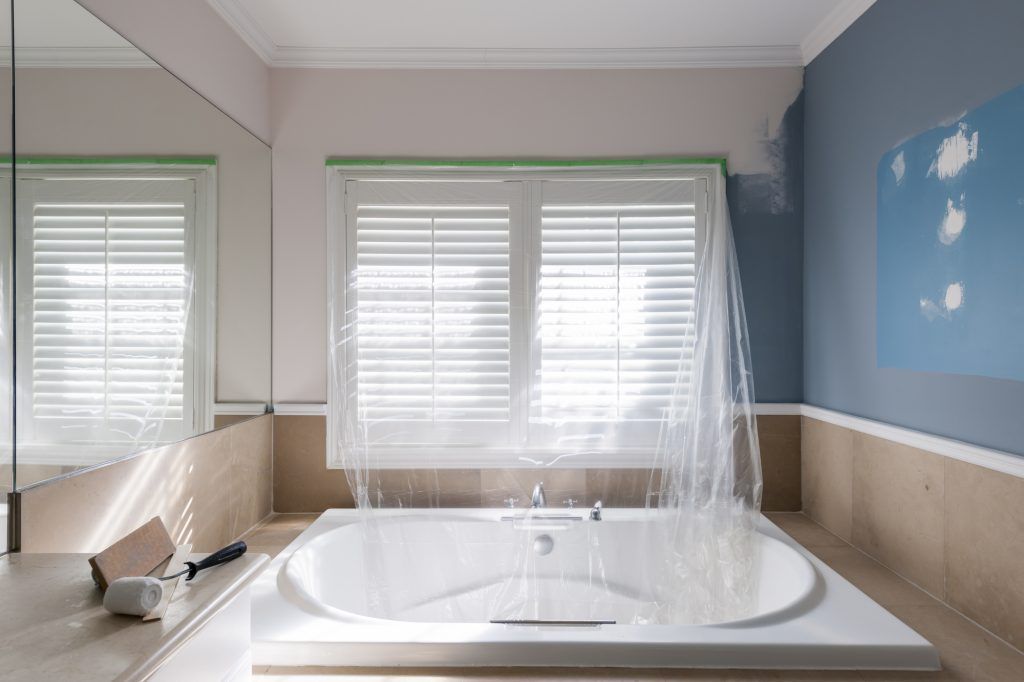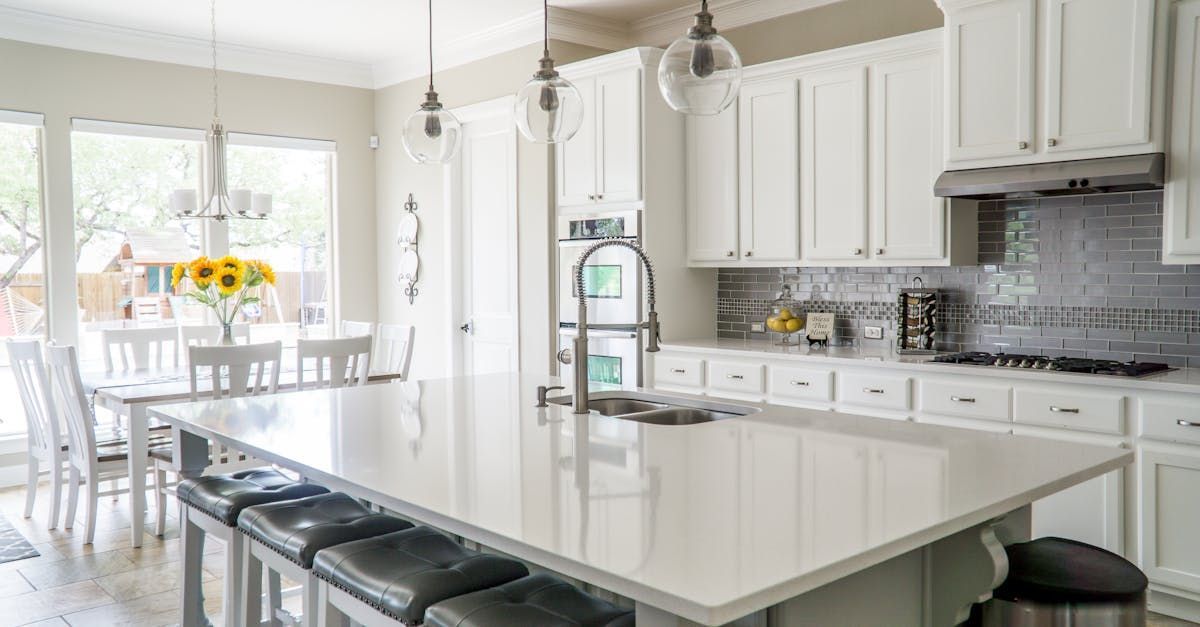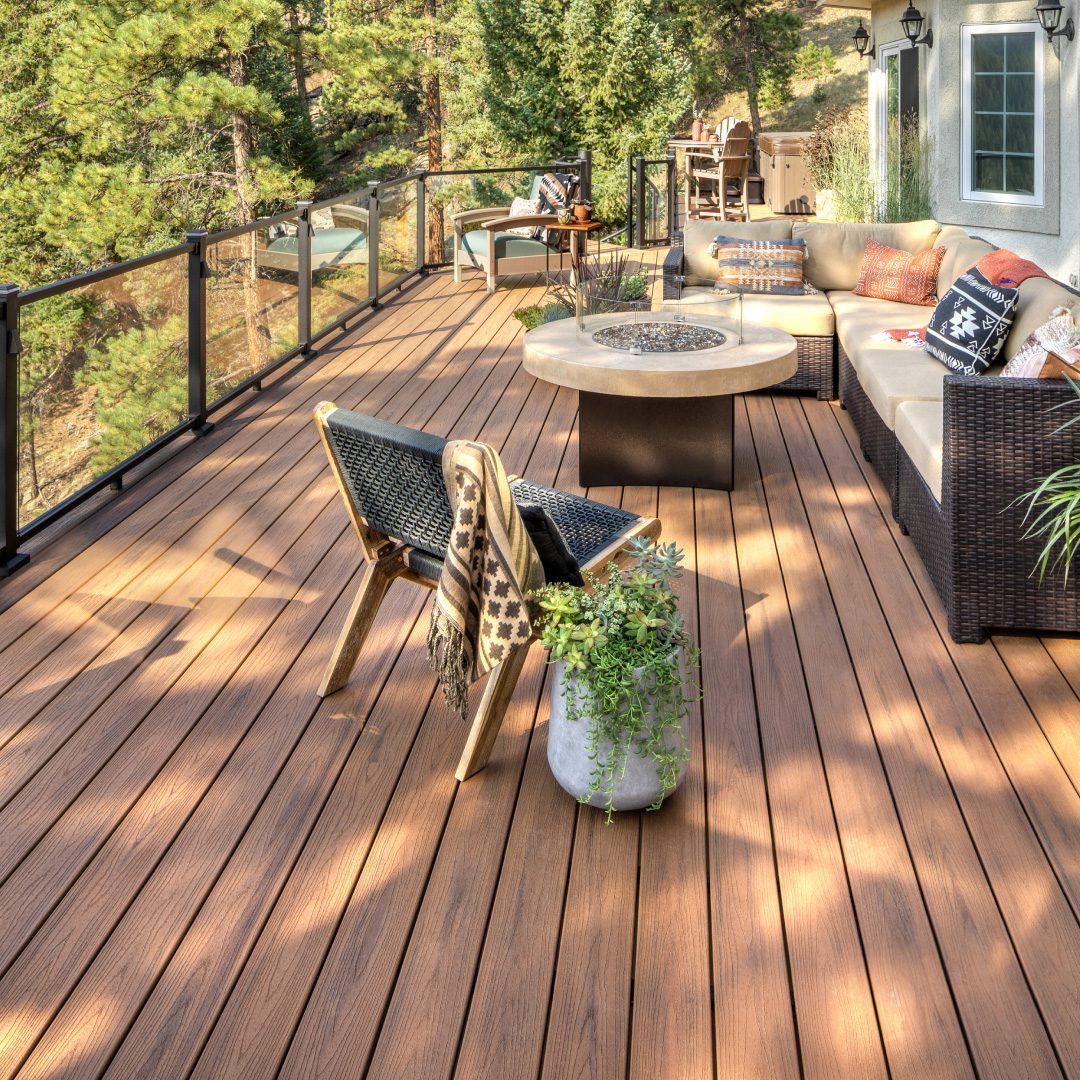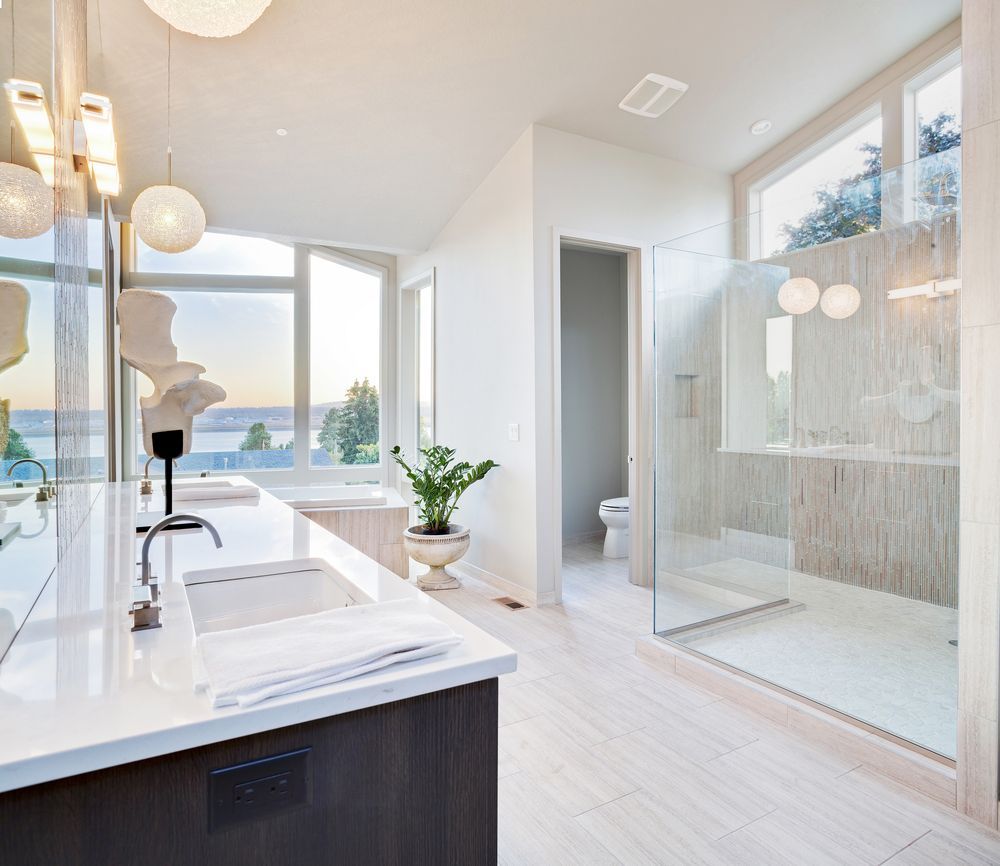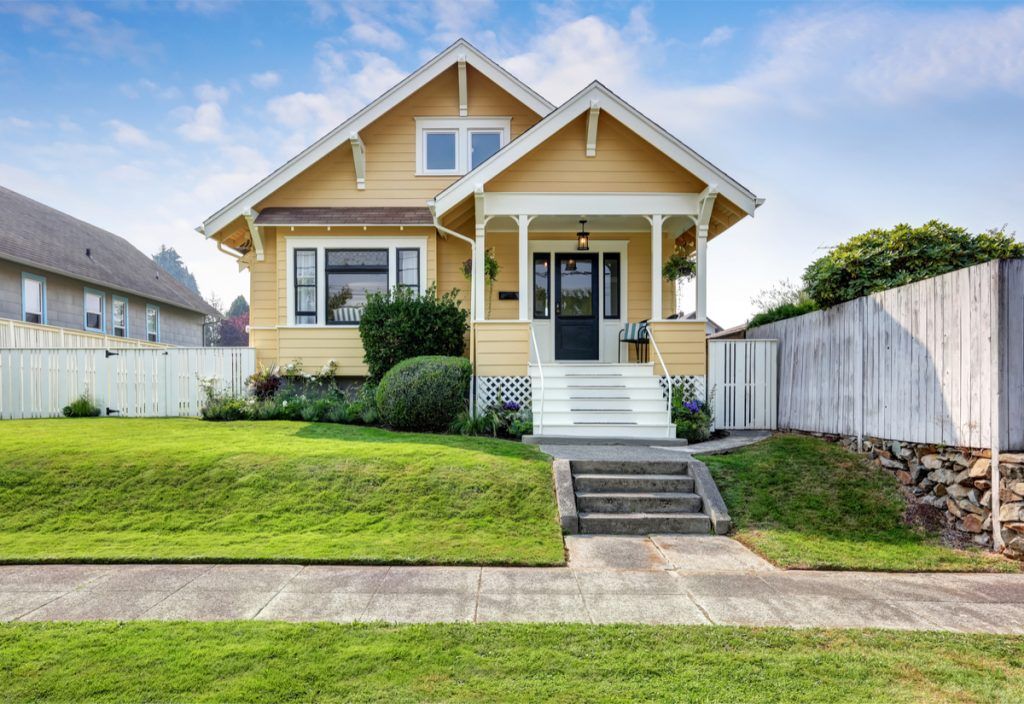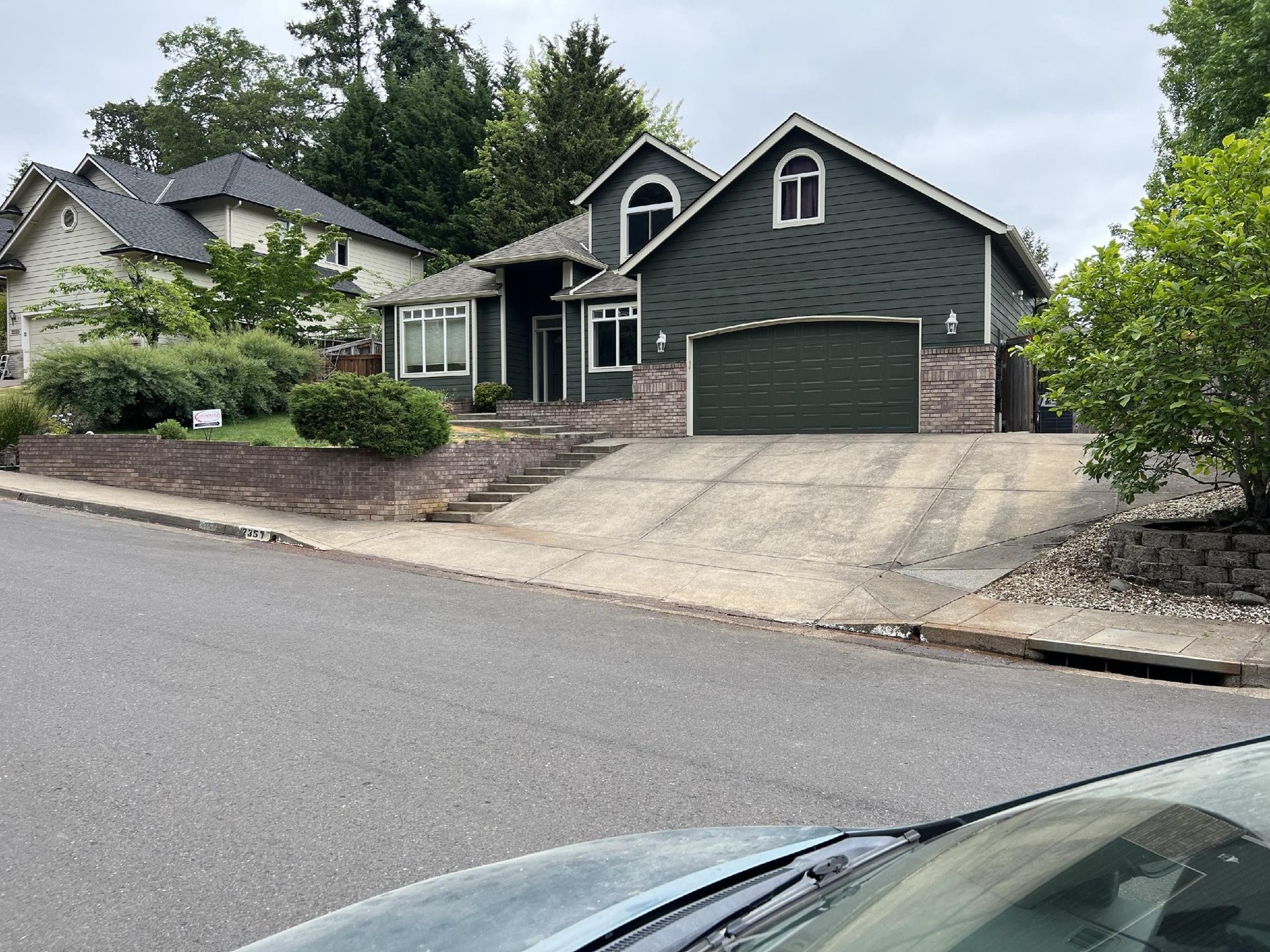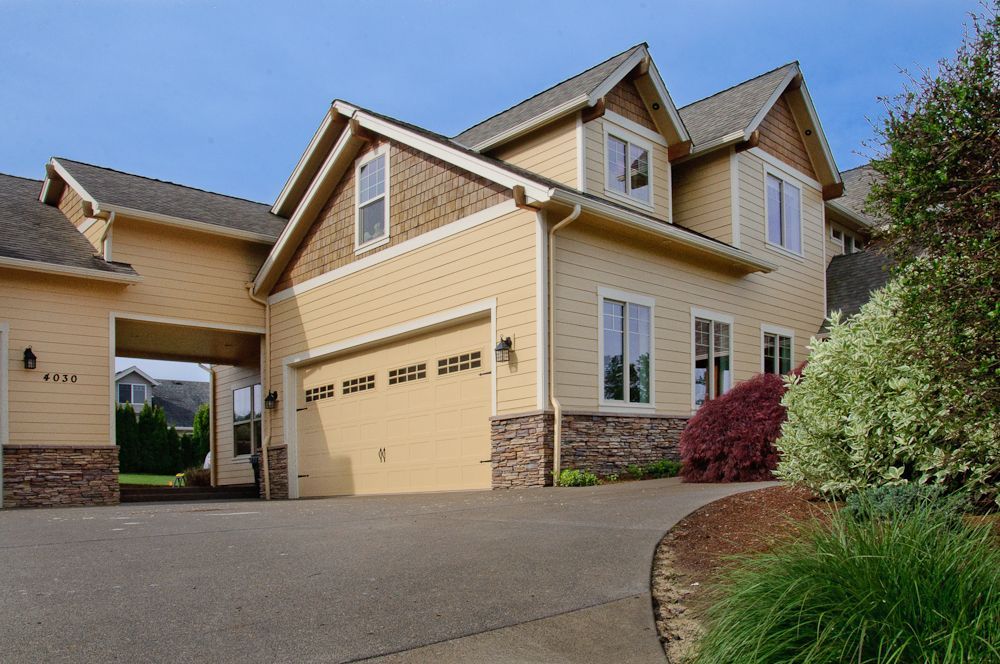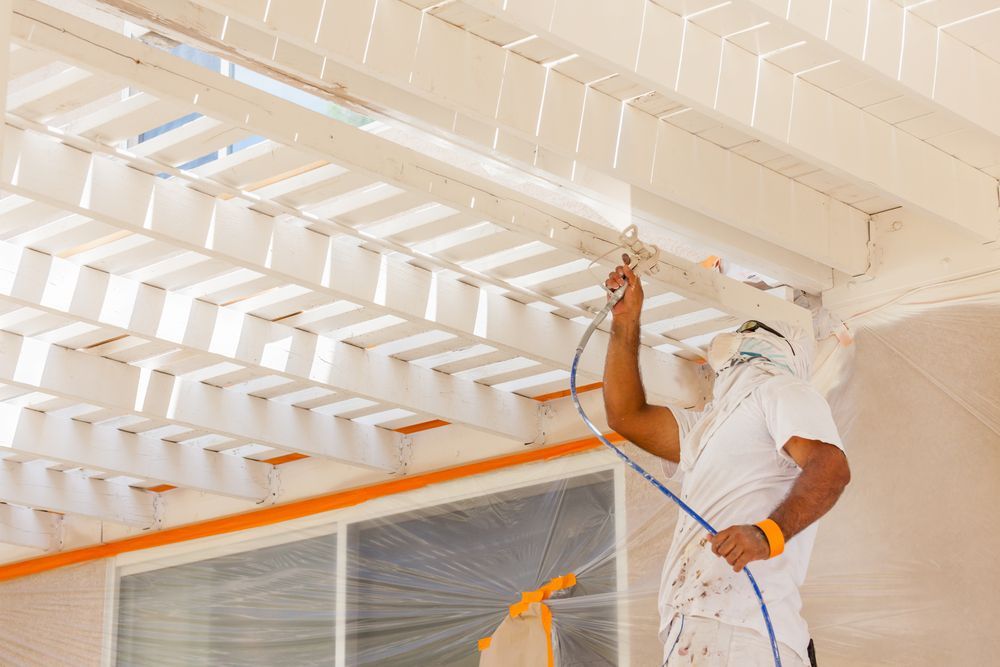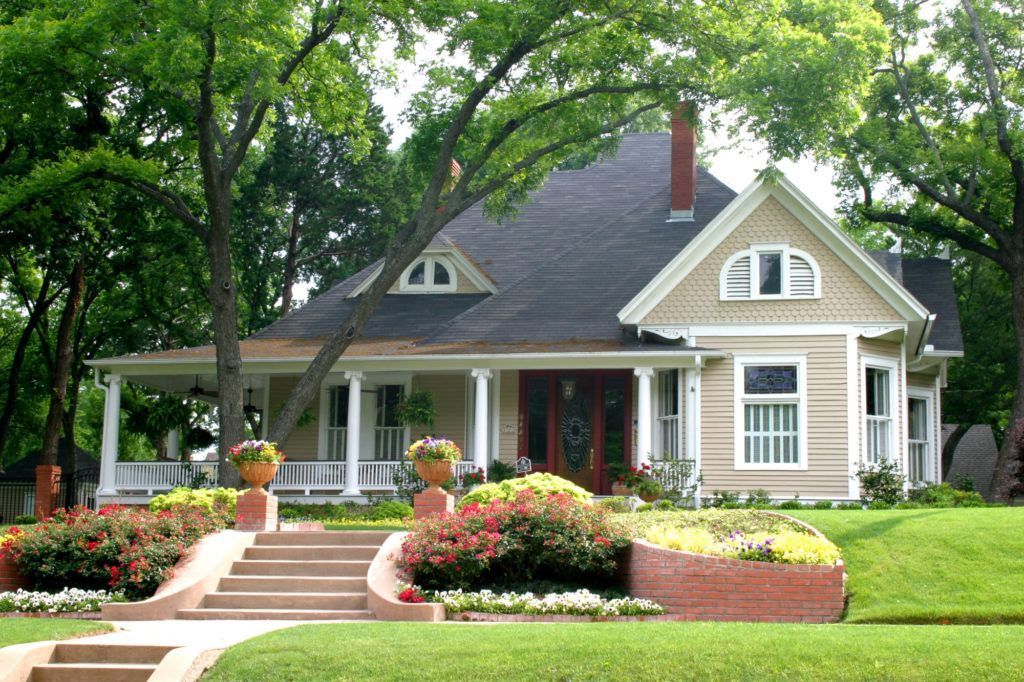Why Oregon Homeowners Should Replace Wood Decks with Composite
Oregon homeowners love their outdoor spaces, but let's be honest. Our wet, moody climate makes maintaining wood decks a year-round battle.
From constant rain to coastal salt air and sneaky moss, traditional wood just isn’t built for the Pacific Northwest. Oregon’s weather isn’t getting any drier, and your deck isn’t getting any younger. So if you’re still clinging to that cedar or redwood platform, it might be time to consider something sturdier.
Let’s break down why composite decking is a smart choice for Oregon living.
Oregon's Climate is Devastating to Wood Decks
Oregon’s natural beauty is no secret, but that lush landscape comes with a climate that’s downright punishing for wood decks. Between soaking rain, salty coastal breezes, and relentless moisture, wood doesn't stand much of a chance here.
The Rain Factor
With over 150 rainy days a year in many parts of the state, Oregon gives wood decks a constant moisture bath. This leads to swelling, warping, cracking, and eventually rot. Even treated lumber can’t resist the persistent damp, and no amount of sealing can keep up.
Coastal Challenges
If you live near the Oregon coast, your deck is facing a double whammy: rain AND salt. Salt-laden air penetrates wood fibers, accelerating decay. Coastal decks degrade faster, requiring frequent repairs and, often, full replacement far sooner than expected.
The Moss and Mildew Problem
Oregon’s high humidity isn’t just rough on your sinuses, it’s ideal for moss and mildew. Wood decks become green, slimy slip hazards in no time, especially in shaded or north-facing yards. Not only is it unsightly, but it’s a safety risk (and a pain to clean).
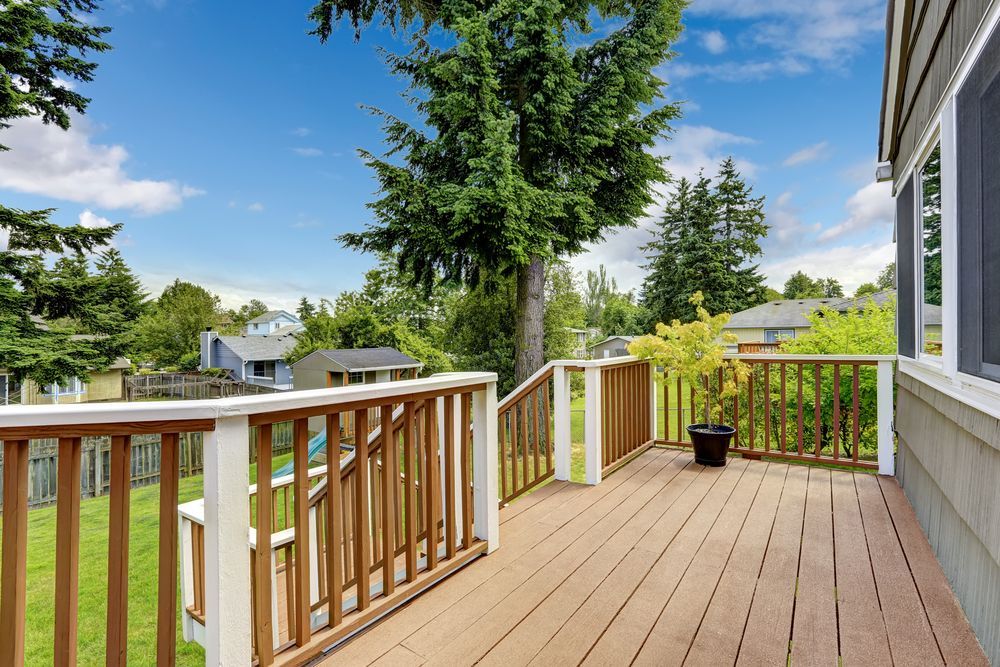
The True Cost of Maintaining Wood Decks in Oregon
Each year, homeowners shell out for power washing, sealing, staining, and anti-fungal treatments. Even with all that care, the moisture eventually wins, and boards need replacing. In some cases, entire decks need to be rebuilt every 10-15 years (and much sooner than in drier climates).
If you're tracking costs, those annual maintenance bills add up fast. And if you skip even a year or two? The damage becomes even more expensive.
How Composite Decking Solves Oregon's Deck Problems
Composite decking was practically made for the Pacific Northwest. Built from a blend of recycled wood fibers and plastic, composite boards resist the very things that destroy wood.
Weather Resistance
Composite materials are impervious to Oregon’s relentless wet season. They don’t warp, swell, or rot, no matter how long it rains. Even temperature swings between sunny afternoons and chilly nights won’t crack or split them.
No Maintenance Required
Say goodbye to your power washer and deck stain. Composite decking doesn’t need annual TLC. A quick rinse with a hose is usually all it takes to keep it looking great.
Long-Term Durability
Ready for this? Composite decks hold up for 25–30 years with minimal care…yes, even in Oregon. That means more barbecues, more relaxing, and far fewer weekends spent on maintenance chores. And did we already say more barbecues?
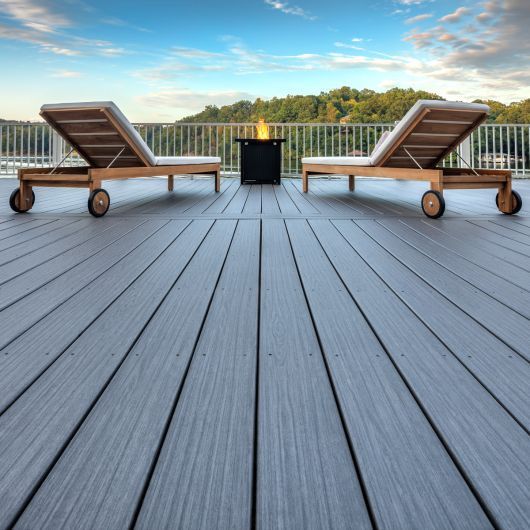
Professional Trex Installation for Oregon's Climate
While composite is a great material, installation matters just as much, especially here. That’s why working with certified Trex Pro builders is key.
Local experts understand Oregon’s unique weather patterns and soil conditions. They know how to install composite decking to prevent drainage issues and ensure the structure lasts through decades of
drizzle. Done right, your deck becomes a long-term investment, not a recurring repair project.
Making the Switch: What Oregon Homeowners Need to Know
Replacing a wood deck with composite isn’t complicated, but there are a few things to know before diving in.
Best Time for Replacement in Oregon
Late spring through early fall is prime deck-building season. The weather is drier, and projects move faster. Avoid the winter rains, and you’ll be enjoying your new composite deck before the next soggy season begins.
Return on Investment
Composite may cost more upfront, but it saves thousands over the years in maintenance and repair. Plus, it boosts home value and appeal—great for resale…or just impressing the neighbors.
Design Options for Oregon Homes
Today’s composite decking comes in a wide range of colors, textures, and finishes. Whether your home is a classic Craftsman in Portland or a beachy bungalow in Newport, there’s a style to match.
Don’t Wait! Oregon’s Next Rain Season is Coming
The rain is just around the corner, and every season you delay replacing a wood deck means more rot, more repairs, and more risk. A composite deck isn’t just a prettier choice, it’s a smarter, safer one for Oregon living.
Frequently Asked Questions
Q: How much does it cost to replace a wood deck with composite in Oregon?
A: Costs vary by size and design, but expect to pay $30–$60 per square foot installed. It’s more than wood upfront, but the savings in maintenance make it worthwhile.
Q: Can composite decking be installed over my existing wood deck?
A: Sometimes—but only if the underlying frame is in excellent shape. A professional can assess and advise whether it's structurally sound.
Q: How long does composite decking installation take in Oregon?
A: Most projects take 1–2 weeks, depending on weather and deck complexity.
Q: Will composite decking get too hot in Oregon summers?
A: Not usually. Oregon's mild summers and shaded yards keep surface temps reasonable. Lighter colors also help reduce heat absorption.
Q: What's the best composite decking brand for Oregon's climate?
A: Trex is a top choice due to its proven performance in wet climates. It’s durable, stylish, and widely available through certified local installers.

